While many people never really think about the shape of their roof, it actually has a lot to do with the character and personality of their home. While some roof shapes were popularized by the architecture of the era, like when flat roofs started gaining popularity in the 60s and 70s due to the modern architectural movement, many are dictated by the weather in a certain region, the stylistic preference of the architect, or the cost of the design. Read on to learn about some of the 10 most popular roof types across America.
1. Gable Roof

The gable roof is one of the most common roofs in America. It’s the simplest to install but has a ton of diversity due to the variety of slope options available. Many homes that have gable roofs look nothing alike just because of the differences in slope!
Pros and Cons
While a gable roof is cheap, easily ventilated, offers simple solar panel installation, and is a great canvas for exterior house design, it does come with some downsides. This roof is not recommended for people who live in areas with high winds and snow, as often even the smallest mistake in assembly or installation can cause the roof to collapse (in case of heavy snow) or tear off (in case of high winds).
- Winged Gable Roof: The winged gable roof has the same basic design as a regular gable roof, but varies at the very bottom of the slope. Instead of continuing along the same slope, the very tips of the roof are winged slightly upwards at a less extreme angle than the original slope.
- Cross Gable Roof: Cross gable roofs are normal gable roofs that have small outcroppings that extend at right angles from the base roofing structure. There can be more than one cross-section on the roof, and these are generally extended nooks with windows. The most common joinings are “T” or “L” shaped.
- Box Gable Roof: To create a boxed gable roof, the regular gable structure is enclosed at either end. This emphasizes the triangle shape of the structure and makes the design a little more unique. Box gable designs often have additional embellishments and windows along the enclosed section.
2. Pyramid Roof

Pros
Some of the benefits of pyramid roofs include resistance to high winds, beautiful aesthetic, and lower energy bills. The aerodynamic shape of the roof is less likely to be damaged by extreme weather conditions, while the overhangs around the entire structure add shade that keeps homes cooler in warm weather.
Cons
Unfortunately, pyramid roofs can be more expensive to install and replace because of the larger surface area of this style. It also has less usable interior attic space and can cause drainage and ventilation issues. This roof does not shed water well and is more likely to leak.
3. Hip Roof
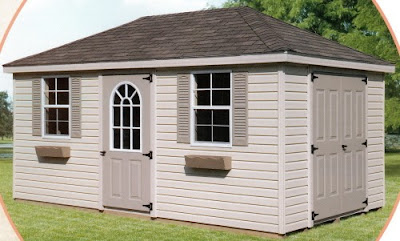
A hip roof looks very much like a pyramid roof, but it has one major difference. Instead of the slopes coming to a single point at the top, the sides meet at a ridge that runs most of the length of the structure.
Pros
Due to the inward slope and added ridge of the roof, this style is more stable than gable roofs and is a great choice for high wind and snow areas. In fact, the slant of the rood forces snow to slide off easily. This style of roofing also offers extra living space when used in conjunction with a dormer.
Cons
Like pyramid roofs, hip roofs are a far more expensive option due to the cost of additional materials to cover all the extra surface area. It can also suffer from leaks because of the additional seems.
4. Bonnet Roof
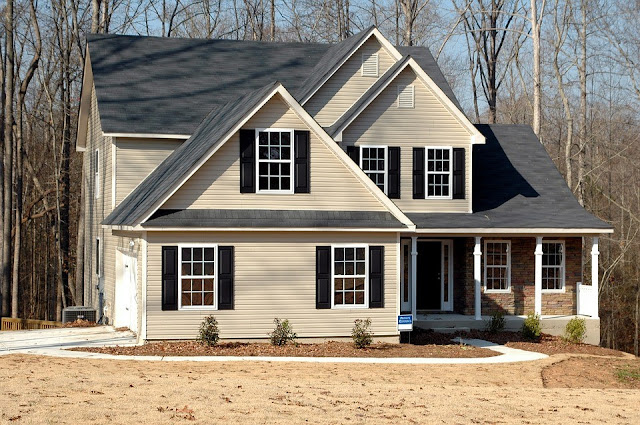
Pros
The bonnet roof provides shade for a cool rest area outside the home, as well as extra living space inside due to the vaulted ceiling. The overhanging slopes also provide extra protection for the wall from water damage.
Cons
Because the two slope angles vary, there may be an issue with water pooling where the slopes meet. You’ll need to add extra waterproofing protection in these areas as an added precaution. This is also a more expensive roofing design.
5. Flat Roof

The flat roof is easy to identify, as it’s just a flat surface covering a structure. This style of roofing rose to prominence in the 60s and 70s, and it’s the most obvious impact the modern architectural movement had on roofing.
Pros and Cons
The flat roof is the easiest to construct and is generally more accessible. It’s also great in warmer climates, as it provides additional living space for residents. The biggest drawback for this style of roof is that it can often gather a large amount of debris that has nowhere to go.
6. Shed Roof
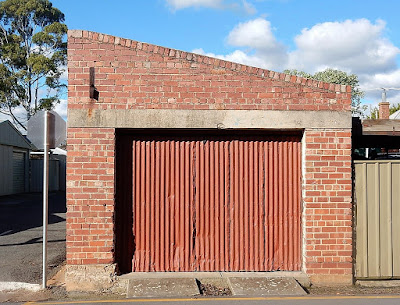
Pros
Shed roofs are super easy to assemble and don’t need as much building materials as other roof types. The steep slope makes it easy for snow and water to run off, which is great in snowy and rainy regions.
Cons
This is not a roof that’s ideal for windy locales, as the winds can catch on the slope much like they would on the sail of a boat. A badly designed pitch can also result in very low ceilings and cramped living space.
7. Butterfly Roof
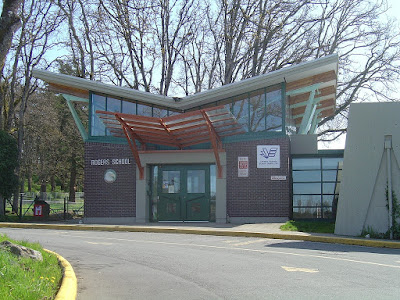
Pros
The butterfly roof is ideal for tropical locations and it’s very eco-friendly. The style offers a lot of ventilation and natural light and the valley midsection could be used to collect water and funnel it to a rain barrel or other reservoir.
Cons
While water collection is great, it necessitates much higher maintenance than regular roofs and waterproofing is essential. It’s also harder to regulate the internal temperature of a building with this roof style and the upfront installation costs are much higher.
8. Salt Box Roof

Pros
This slore style makes it easy for water to run off, which is perfect for areas with heavy rain. The asymmetrical shape is also more durable in areas with lots of wind and rain, and provides additional living space.
Cons
This design inherently created slanted ceilings on the interior of a building, which many people don’t like. The building costs are also higher due to the tricky design and installation process.
9. Gambrel Roof
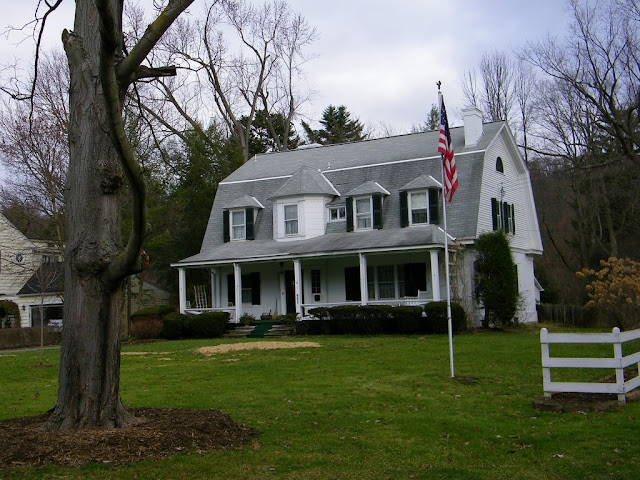
Pros
With only two roof beams and gusset joints, construction is very easy and less materials are required. It also provides more storage and living space that’s available as an attic, loft, or garret.
Cons
Gambrel roofs look better with lots of windows, but this increases the chance of water leaks. This roof also is not recommended for high wind or snow areas, as the structure will collapse under high pressure. The gambrel roof requires regular water proofing and maintenance at all times of the year.
10. Dormer
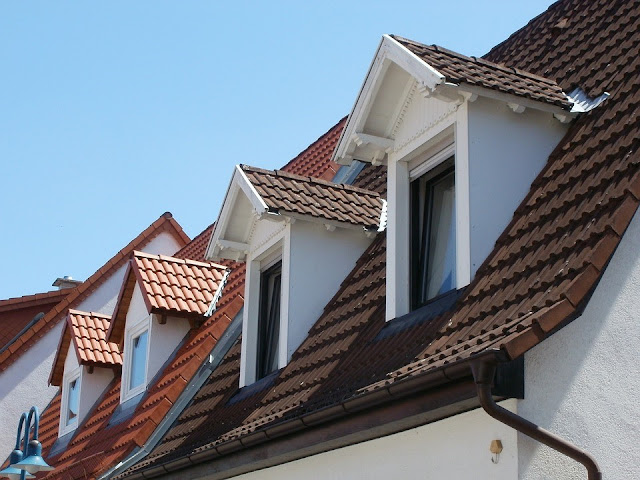
While not strictly a roof style, a dormer is a common roof addition that is used to increase usable space and to create window openings. Dormers have evolved to work with many different types of architecture and have even been used on the spires of cathedrals and churches.
Read Also: Best Roof Design for Snow
Conferring with Experts
If you’re interested in learning more about your roof type or you need help deciding on a new style for your structure, consulting with expert roofing contractors, like Custom Home Remodeling & Roofing, Inc., is the best policy.
Must Read: Some Cost-Effective Tips for Your Roof Restoration
Image Credits:
https://cdn.pixabay.com/photo/2014/06/03/21/54/home-361629_960_720.jpg
https://upload.wikimedia.org/wikipedia/commons/c/c7/Chicago_bungalow.jpg
https://c1.staticflickr.com/5/4016/4295913752_a6b32a324d.jpg
https://cdn.pixabay.com/photo/2016/09/05/14/16/new-home-1646668_960_720.jpg
https://upload.wikimedia.org/wikipedia/commons/a/aa/GriegLouEide02.JPG
https://c1.staticflickr.com/6/5694/21031631636_600bef67cf_b.jpg
https://c1.staticflickr.com/1/220/476267952_7f92d4a67b_b.jpg
https://c1.staticflickr.com/4/3373/3511404783_a107a1ec0d_b.jpg
https://c1.staticflickr.com/8/7167/6679061115_187fae22c2_b.jpg
http://maxpixel.freegreatpicture.com/static/photo/1x/Dormer-Windows-Architecture-Roof-Home-House-837654.jpg

HEY ! I’m Nil (Founder of OnlineDrifts.com), Digital Marketer, Affiliate Marketer and a blogger writing about blogging tips, SEO, Tech Tips etc.